Sequels can be disappointing right? (Caddyshack 2, Jaws 2, Speed 2 Cruise Control!!!)
But sometimes they can unexpectedly take on a life of their own: Aliens, Empire Strikes Back, Godfather Part II.
This article is the sequel to Authentic Mexican Cooking Ingredients Part I, and I'm hoping it does better than Caddyshack 2. Sure, it's helpful to know further details about these common recipe ingredients, but I think the real benefit is knowing what alternatives you can use when you're too hungry to run out to the market.
Roll opening credits...
Mexican Chorizo
This one can send people on a mad hunt when they see it listed in a recipe.
Mexican chorizo can be hard to find but the reddish tint usually gives it away.
It's typically sold fresh (not cooked) and it's loaded with a variety of spices and dried chili peppers. Anchos and guajillo chiles are probably the most common chili peppers used and this gives it the distinctive red glow.
Spanish chorizo, on the other hand, is a dried, cured sausage that typically uses paprika as its main flavoring. This is a different bird altogether and it's not a good substitute for Mexican chorizo.
If Mexican chorizo is rare in your neighborhood (or overpriced), you can substitute a standard pork sausage along with a healthy a dose of chili seasoning. Ancho chile powder, chipotle powder, and even standard chili powder are all good options. And note that if your dish has freshly made sauce or salsa, then you also have the option of letting the sauce do most of the flavoring.
Although rare north of the border, you'll sometimes see Green Mexican chorizo made using a combination of green chili peppers and cilantro. Although green sausage isn't the most visually appealing, it's worth trying if you see it around.
We recently put up a post on how to make an express version of homemade Mexican chorizo.
Queso Fresco
Literally translated as fresh cheese, this is a mild, tangy cheese that's commonly sprinkled on top of enchiladas and beans.
And since it's unaged, it also happens to be one of the easiest cheeses to make at home: boil milk, add acidifying agent, let curds form and drain.
In lieu of making your own cheese (who got time for dat?!), Farmer's cheese and Paneer are good substitutes to mimic the consistency of Queso Fresco.
Note that most versions of Queso Fresco won't melt when heated, they'll just soften a little, thus its role as a 'topper' cheese.
Masa Harina
I did a post last week on Homemade Corn Tortillas that used this photo:
That's the corn dough used to make fresh corn tortillas each morning in the markets of Cozumel.
Masa Harina is the dried and powdered version of this corn dough, and it's probably the quickest way to make a batch of homemade corn tortillas.
Maseca is one of the most popular producers of Masa Harina. The bag pictured in the middle is the version you'll see most often.
But keep an eye out for the other versions too (Blue Corn and Amarillo). The Amarillo version in particular produces a tortilla with a stronger corn flavor that tastes more authentic to some people. If you see a bag of it in your neighborhood it's definitely worth buying.
Japones
OK, maybe not an ingredient, but these are still worth mentioning for your next trip to Mexico.
Sometime after World War II a Japanese immigrant started selling peanuts with a crunchy, soy-flavored wheat flour shell. This was in the markets around Mexico City. Sound crazy?
Fast forward to today and Japoneses own prime real estate on convenient store shelves across the country.
The outer shell now comes in a variety of flavors and they are nearly impossible to stop eating, so consider yourself warned.
But if you're headed to Tokyo you're out of luck, you'll only find Japanese Peanuts in Mexico.
Lard
Consider this a PR attempt to resuscitate lard's struggling career.
Lard has always been one of the most common fats to cook with in Mexico, with Frijoles de Olla being one of the main benefactors of its rich flavor, but it's been losing traction in kitchens for the past few decades.
Lard is weighted more towards unsaturated fats, just like the lauded olive oil. In fact, there's plenty of folks out there arguing that lard isn't nearly as bad as it sounds.
Farm direct or butcher bought lard is probably the best place to start if you're new to it.
The lard from the baking section of the grocery store is less attractive as it's typically loaded with trans fats to extend shelf life.
Lard also happens to be easy to make at home. Rendering 2 lbs. of back fat will produce 2 cups of lard that will keep in the fridge for months.
Of course, if you're not ready to head to the butcher to buy 2 lbs. of back fat, then any neutral oil will work as a substitute for lard.
But at least keep lard in mind for your next batch of homemade flour tortillas, or tamales, or refried beans. It has the potential to make a comeback that would make Rocky Balboa proud.
The End.
Roll Credits.
OK, feel free to leave a review for this sequel below, and if you have any trouble spots on your Mexican ingredient list, let me know and I'll include them in the sequel to this sequel.
Still hungry?!
Want to receive Mexican Please recipes via email when they are posted? Sign up below to subscribe. All recipes are spam free.


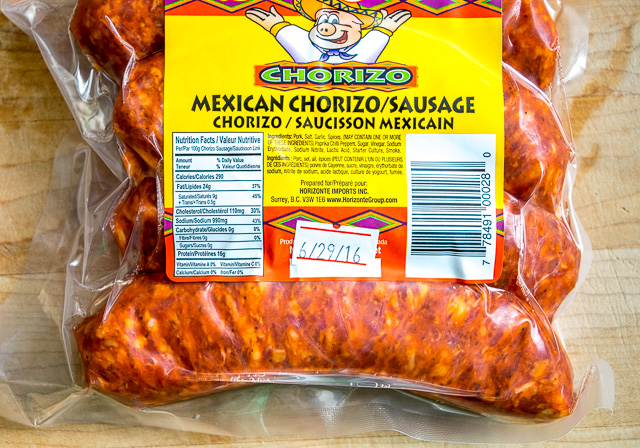
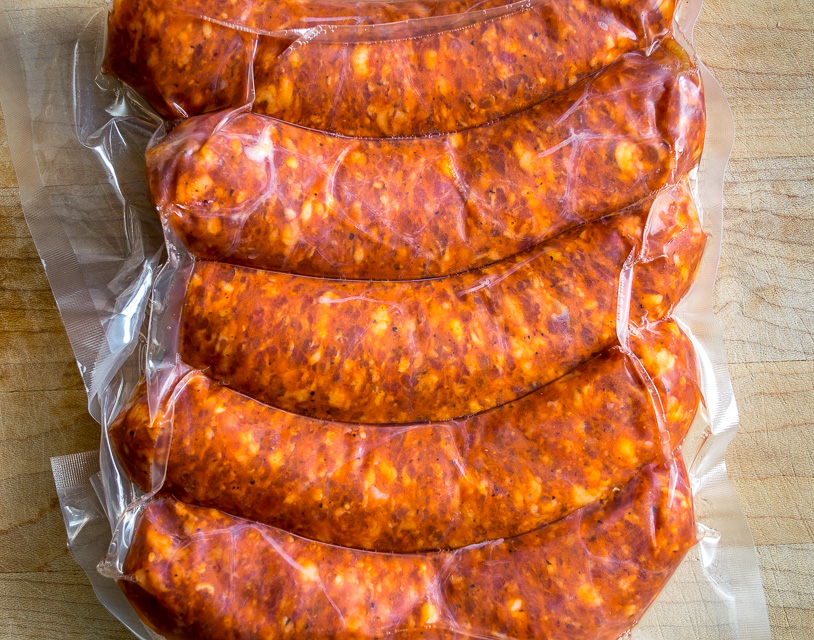
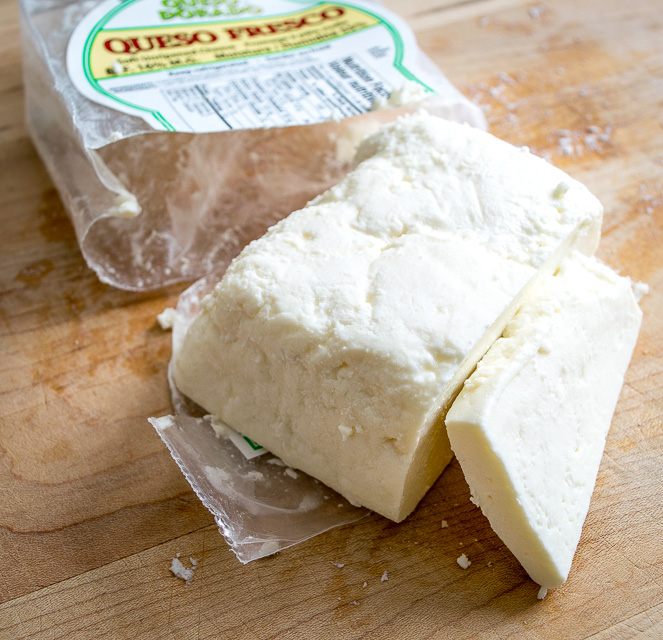
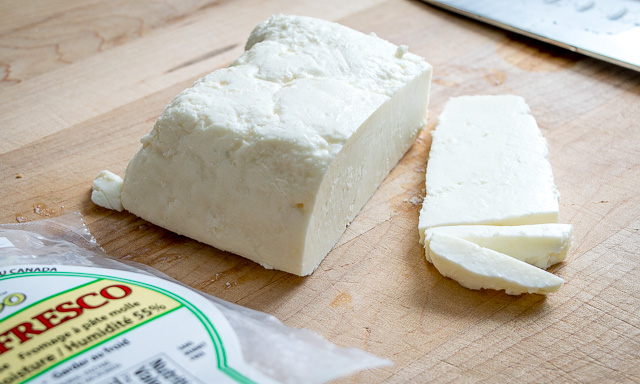
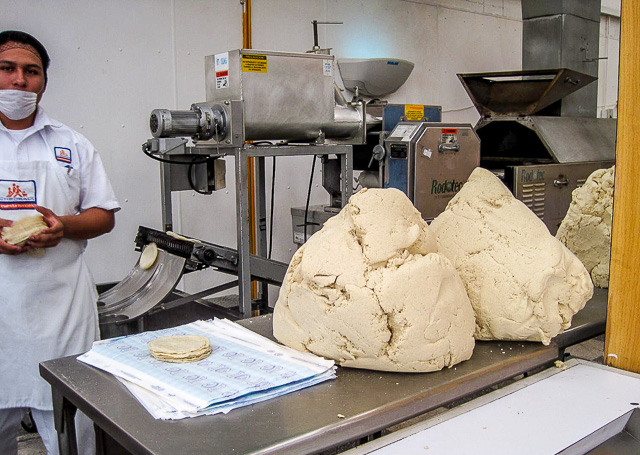
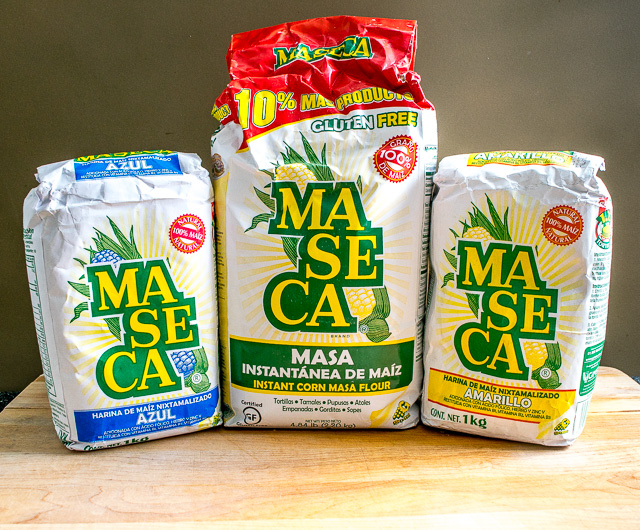
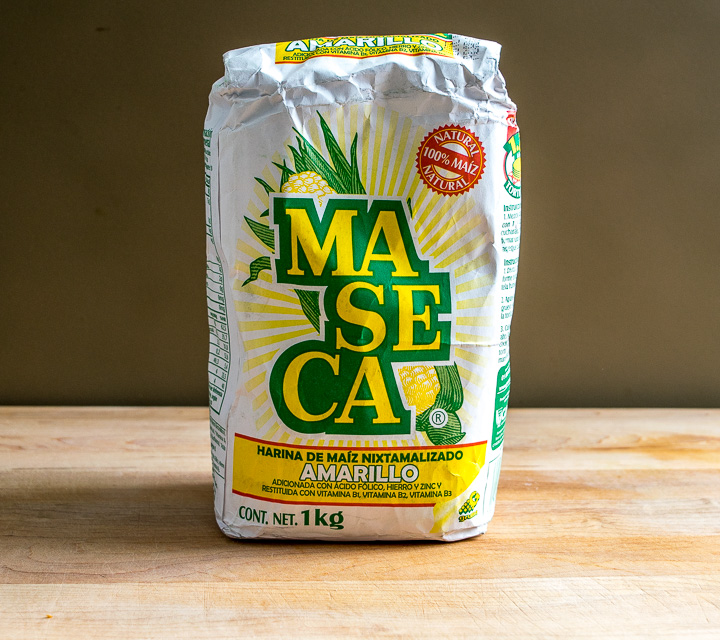
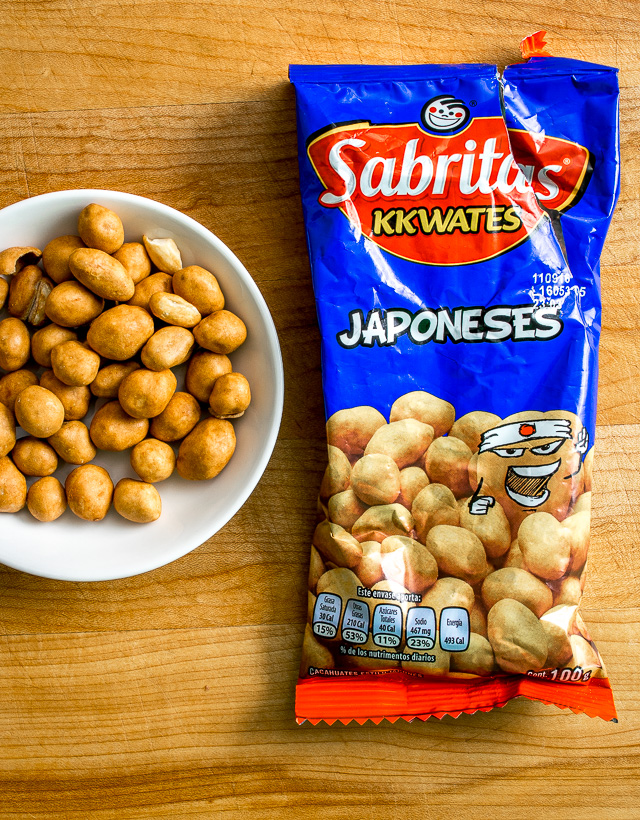
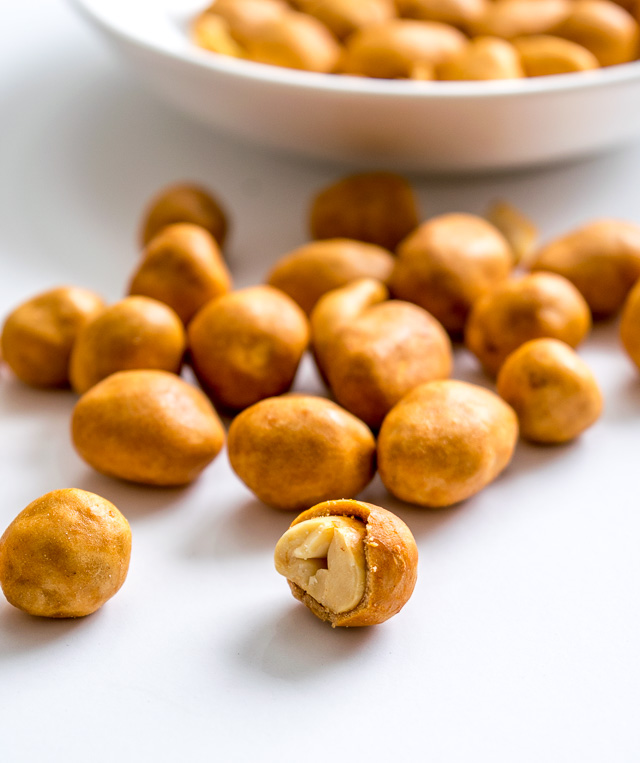
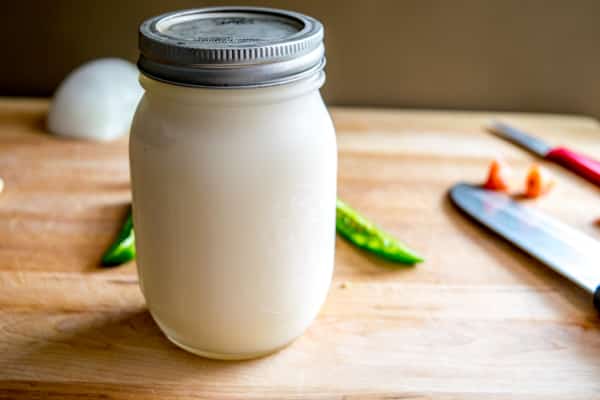
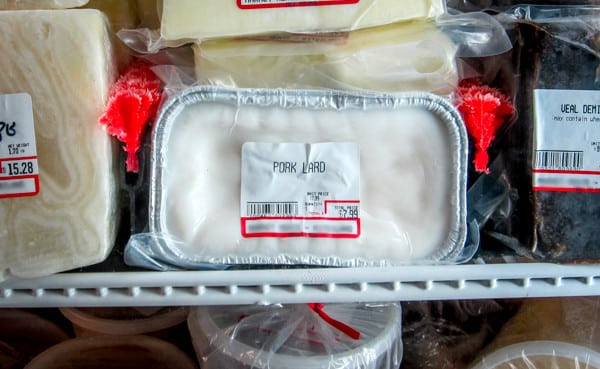
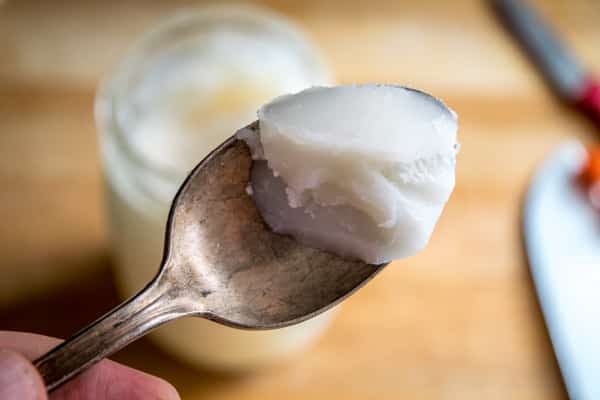
Caroline @ Pinch Me, I'm Eating!
Noticed some of the Maseca flour at the grocery store last weekend and thought of your blog! Thanks for educating us!
Patrick
Ha awesome! So you bought a 10 lb. bag right?!! 🙂
Jeff @ Make It Like a Man!
Yay lard!
Patrick
🙂
Caroline @ Pinch Me, I'm Eating!
Once again, thanks for a very helpful post! It makes me miss the easy access to authentic Mexican ingredients we had in Tucson. A fine sequel indeed!